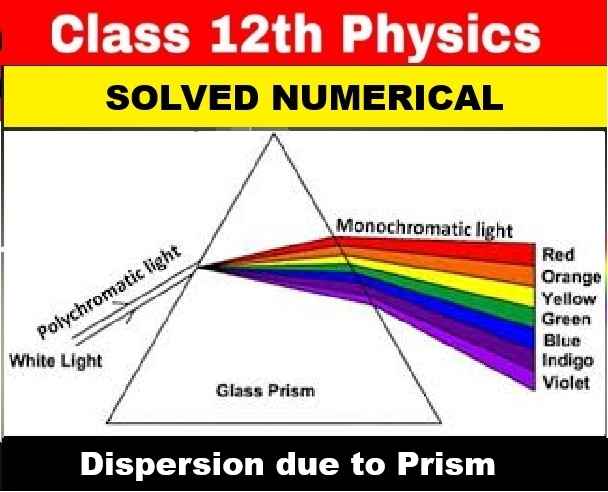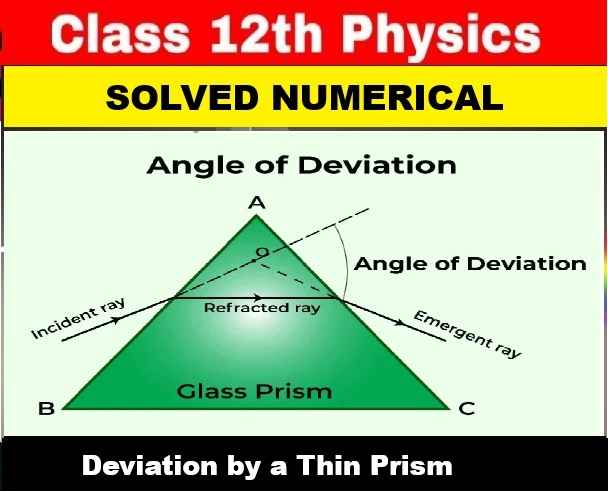ISC Environmental Science Semester-2 Solved Specimen / Model / Sample Paper 2022 Class-12 for practice. Step by step solutions of ISC Class-12 specimen model sample paper. During solutions of semester-2 Environmental Science specimen paper we explain with figure , graph, table whenever necessary so that student can achieve their goal in next upcoming exam of council .
ISC Environmental Science emester-2 Solved Specimen / Model / Sample Paper 2022 Class-12
| Board | ISC |
| Class | 12th (XII) |
| Subject | Environmental Science |
| Topic | Semester-2 ISC Specimen Paper Solved |
| Syllabus | on bifurcated syllabus (after reduction) |
| session | 2021-22 |
| Question Type | Descriptive Type (as prescribe by council) |
| Total question | Total-11 (Section A, B & C) |
| Max mark | 35 |
Solved Class-12 for practice Set of Environmental Science Semester-2 ISC Specimen Model Sample Paper
SECTION A – 7 MARKS
Question 1:
(i) Expand N T.
Answer: update soon
(ii) A system of keeping record of stocks and stock changes of natural assets comprising biota and its ecosystems is called _____________ ,
Answer: Natural resource accounting
(iii) Name any two common food adulterants.
Answer:
(a) Wheat and other food grains
(b) Vegetables
(iv) Give any two examples of ubiquitous resources.
Answer: Air, wind, and water are all ubiquitous resources.
(v) When was WTO established?
(a) 1990
(b) 1995
(c) 1993
(d) 1996
Answer: (b) 1995
(vi) What are the two types of externalities?
Answer:
(a) positive consumption
(b) positive production
(vii) Name any two sustainable practices of pest management for improving soil fertility.
Answer: Sustainability may also involve crop rotation. Crop rotation and cover crops prevent soil erosion, by protecting topsoil from wind and water. Effective crop rotation can reduce pest pressure on crops and replenish soil nutrients. This reduces the need for fertilizers and pesticides.
SECTION B – 12 MARKS
Answer the following questions briefly
Question 2:
Compare and contrast Tied Aid and Untied Aid based on its advantages.
Answer: update soon
Question 3:
Mention two points included in legislation for post-Independence land reforms.
Answer:
- Abolition of intermediaries (rent collectors under the pre-Independence land revenue system)
- Tenancy regulation (to improve the contractual terms including the security of tenure)
Question 4:
State any two disadvantages of GNP.
Answer: (a) Economic Versus Social Values:
National income and product figures measure the economic rather than the social value of production in terms of market prices of the different types of goods and services.
(b) Economic Versus Social Costs:
The same difficulty arises regarding economic and social costs because there is no identity between the economic costs of producing the current national output and the social costs of the output.
Question 5:
Give any two features of Defensive expenditure.
Answer: update soon
Question 6:
Mention any two objectives of GATT.
Answer: (a) To improve the world production and exchange of goods.
(b) To ensure the full use of world resources.
Question 7:
What are TNCs? Give one advantage that TNCs have over domestic industries.
Answer: Multi-national or Trans-national companies are ones which locate their factories throughout the world. This gives them many benefits, such as access to the world market, cheap labour, cheaper production costs, and therefore greater profits.
SECTION C (16 Marks)
Question 8:
Discuss any four effects of Government policies leading to deforestation in Amazonia.
Answer: update soon
Question 9:
(i) Give two points to differentiate between food preservation and food additives. Briefly explain any two methods of food preservation.
OR
(ii) Differentiate between micro irrigation and macro irrigation. Briefly explain any one advantage and any one disadvantage of micro irrigation.
Answer: (i) The term food preservation refers to any one of a number of techniques used to prevent food from spoiling. It includes methods such as canning, pickling, drying and freeze-drying, irradiation, pasteurization, smoking, and the addition of chemical additives.
(ii) update soon
Question 10:
Trace the trend of trade in India from the pre-colonial period to the present day with regard to composition and terms of trade.
Answer: update soon
Question 11:
Read the following passage and answer the questions that follow.
Environmental economics recognizes the fact that the environment provides resources both renewable and non-renewable, assimilates waste and provides aesthetic pleasure. However, their value is not recognized as their services cannot be marketed. Hence in the absence of proper valuation there is inefficient and unfavourable allocation of resources. Environmental economics seeks to assign a cost to these intangible factors in order to arrive at a more appropriate market price.
(i) Based on the passage given above, what is meant by Environmental economics?
(ii) Briefly discuss the need for Environmental economics.
Answer: update soon
Return to:- Specimen Paper Semester-2 ISC 2022 Class-12 Descriptive Type
thanks
Please share with your ICSE friends


